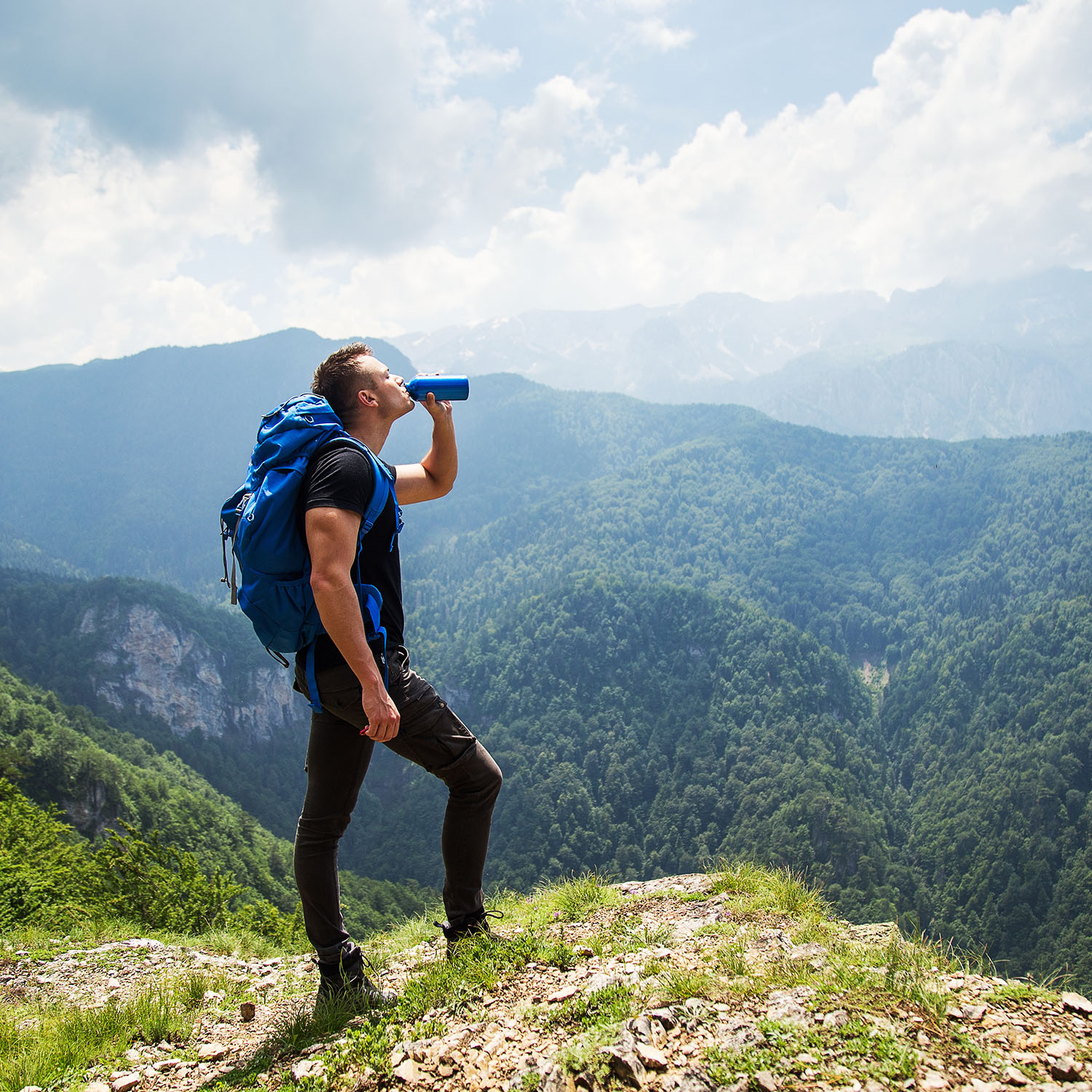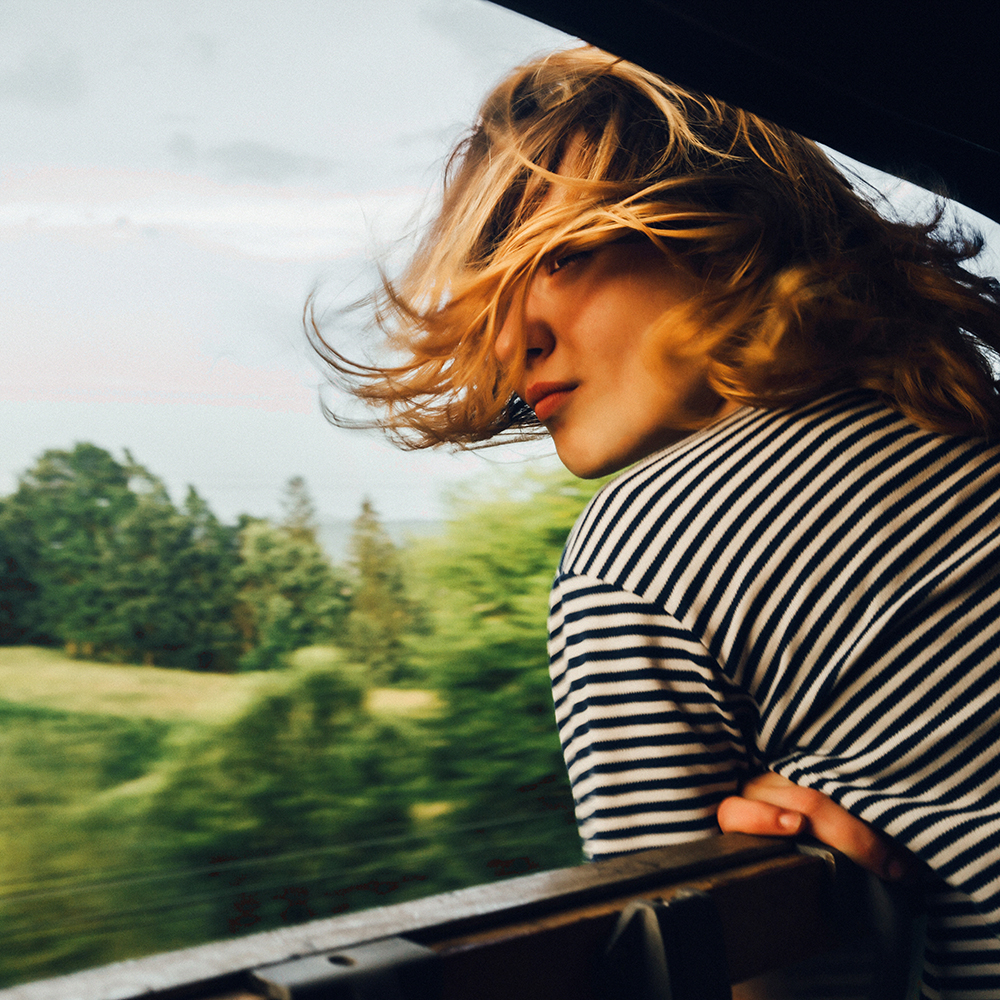Photography is not just about the camera or the beautiful images we create, it’s about telling powerful stories. The camera is a tool for creating awareness and understanding across cultures, communities and countries – a tool to make sense of our shared commonalities. When we travel we want to capture everything on camera that we see and experience, yet often we come back home with hundreds of images that we don’t feel like looking at again.
We’ve sat down with National Geographic photographer Ami Vitale and asked her for some travel photography tips that will guide you to take photos that tell the story of a place and its people.
Ami has spent the past 18 years traveling from country to country, living in remote places. About her mission as a photographer, Ami said: “My job is to become invisible and get close to people and wildlife, so I can bring their stories to life. It’s no different being in my home state of Montana than it is being in a country ten thousand miles away. For me, the intimate moments always matter the most. Photography has been my passport to meeting people, learning and experiencing new cultures.”
At momondo, we believe that travel opens our minds and the door to a world where our differences are a source of inspiration and development, not intolerance and prejudice. Our purpose is to give courage and encourage each one of us to stay curious and be open-minded so we can all enjoy a better, more diversified world. Read more about our mission on our Let’s Open Our World webpage.
Go deep
Acknowledge and try to interact with your subject in order to tell a story © Ami Vitale
Travel photography is not solely about an adventure. Although you might witness extraordinary things, it’s not simply about jetting off to exotic places. The magic really begins when you stay in a place and give yourself enough time to gain insight and understanding. It requires tremendous persistence and patience. One way to get beyond surface images is to plan a trip to one location and, if you can, go back several times. Ami shared an anecdote about how she gained access and went deeper into a story in India.
“I spent a couple of days with Subita and her family. At no time were we alone; around us, hundreds of digital cameras were firing away. Before dawn broke, as we huddled around a fire, at least a half-dozen people were looking at her only through their lens. The only time any of them acknowledged me was to ask me a technical question, like what ISO would work best in the stingy light.
Later, Subita would tell me how dehumanizing the impact of eager tourists and their cameras were on her. No one even said hello to her. Those who surrounded her were after only one thing – what they considered a great shot. If some of the people who surrounded Subita had taken the time to spend even a few hours with her, learning a bit more about her life, they would have had a story and not just an image.”
Be authentic and sensitive
Moments like these require that you’re present and sensitive towards others © Ami Vitale
The easiest way to take compelling and real photographs of people is by being authentic. Taking candid images of people is not a trick, it’s a skill you can develop. What it requires is respect for the subject and focus on building a relationship in the time you have together. Successful pictures of people almost never happen from a distance. So, put away the telephoto lens and become part of the moment.
Talk to people – whether it’s simply a nod of acknowledgement, a greeting, an explanation of what you’re doing or a long conversation – connect with the people you are photographing. Remember, we have more in common with each other than you might think. Don’t look at people as different or exotic, rather, focus on the things that unite and bind us.
Know your equipment
Capturing moments like these means you should know your equipment quite well – otherwise, it’s over before you know it © Ami Vitale
If you exude apprehension or tension, people pick up on it and cannot relax with the added element of a camera. Know your equipment so that you can focus on relating to your subjects. It doesn’t matter if it’s your phone camera or a DSLR, your confidence in yourself will instill confidence in them. The key to success is simplicity. So think carefully about bringing new gear on a trip; it might be best to test it at home and bring backups on the real trip. It’s okay to use the latest and greatest technology, but know how to use it before you start your trip.
“I’ve been using Nikon equipment for many years. I test my cameras and lenses thoroughly, as soon as I get them. I want to be so comfortable with them that I could operate the gear in the dark. This image of the wrestlers had beautiful but extremely tricky lighting. I had to adjust my settings quickly to capture this shot successfully before the light was gone.”
Gaining access
When you spend some time with people, you get to witness their humanity © Ami Vitale
Whether you’re in a slum or a city, there’s always a hierarchy. Take the time to explain why you’re there and get the blessings of the leaders or elders in any community, both men and women. It will keep you safer than wandering around aimlessly and you’ll be amazed at just how quickly the news of your project spreads in a community.
“Getting close and intimate with people requires time and understanding. Building relationships is the most important aspect of what photographers do. This is an image of a mother being consoled by her family at her daughter’s funeral in Kashmir, India. I spent four years documenting this culture, and because I took time and built relationships, I was invited into people’s lives and was able to reveal the sometimes difficult, yet always intimate moments.”
Give back
Ami teaching Subita and her sister how to use the camera © Ami Vitale
Your subjects are giving of themselves, so don’t abuse the gift of sharing their lives and don’t treat them like models. Cherish the moment and treat them well. Whether you spend time talking to people or send back some prints, it’s important to make photography not just about taking images but giving back, too. “If there is only one thing you take away from this, it’s the understanding that all of us are not only photographers, but we are storytellers. There is a beautiful, universal truth everywhere and, if you peek under the veil, you’ll find a wondrous commonality between us. I hope that in your travels, you use your camera not just as an extension of your eye but also as an extension of your heart.”





